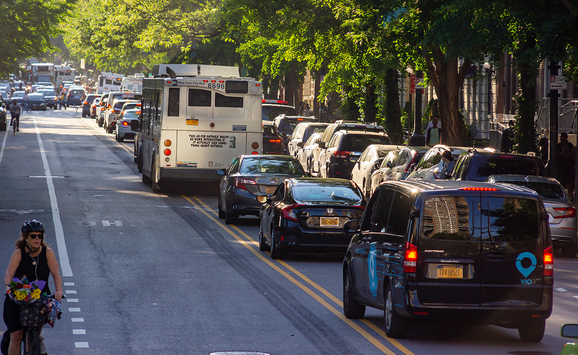A truism in risk management is that every disaster was predicted by someone, sometime, somehow. The 6 April 2009 earthquake that devastated the Italian city of L'Aquila was “predicted” (actually retrodicted: evidence was adduced post hoc) by anomalous toad behavior 70 km away. An earthquake in the Abruzzo region was also predicted by heretic scientist Giampaolo Giuliani based on elevated concentrations of radon gas. Guiliani was cited for procurato allarme—essentially instigating public alarm or panic — and forbidden from making any public pronouncements just prior to the L’Aquila quake.
Initially ostracized, Giuliani has since been invited to give talks by the American Geophysical Union. His rehabilitation is rapid by Italian standards; Galileo waited over 350 years. Another celebrated prognosticator, Raffaele Bendandi, nailed a few earthquakes, but was less fortunate with his 1959 discovery of a new planet between Mercury and the Sun which he named after his home town Faenza.
If predictions are not based on sound science, then the prognosticator’s forecast must be judged in the context of ALL his/her other forecasts. Radon prediction is currently promoted by physics Nobel laureate Georges Charpak, but has yet to demonstrate predictive validity for earthquakes. As Nature has reported:
The recent ICEF (International Commission on Earthquake Forecasting) report deemed Giuliani's findings 'unsatisfactory', and he has yet to publish a single peer-reviewed paper on his radon work. Nonetheless, he maintained an open website that posted real-time radon measurements from his detectors, and in interviews with journalists and in an informal mobile-phone network, Giuliani made predictions about low-level seismic activity. Although the ICEF report notes that he made two false forecasts, The Guardian newspaper dubbed him 'The Man Who Predicted An Earthquake', after the April 2009 quake hit.
Seven members of the "Major Risks Committee", one of whom reassured the public of the unlikelihood of an earthquake on shortly before of the April 6 shock, were found guilty Monday of multiple manslaughter, sentenced to 6 years in prison and fined a total of 7.8 million euros (about 10 million dollars). The public prosecutor, Fabio Picuti, argued that although the committee members could not have predicted the earthquake, they had translated their scientific uncertainty into an overly optimistic message.
The verdict will surely be appealed but it has already heightened interest in Structured Expert Judgment (a method for synthesizing and communicating scientific uncertainty). A testimonial by volcanologist Willy Aspinall is summarized on the RFF website.
When politicians and other decisionmakers seek advice from experts, they hope to receive something unambiguous that they can act on. But . . . in complex situations—assessing the risk of volcanic eruptions and earthquakes for instance—attempts to force a consensus can be counterproductive. It is better to quantify the uncertainty that exists and build it into the decisionmaking process. The way to do this, says Aspinall, is through “expert elicitation,” specifically by using a method developed by RFF Senior Fellow Roger Cooke, which weighs the opinion of each expert based on his or her knowledge and ability to judge relevant uncertainties.
Garbling, misrepresenting or even suppressing uncertainty is a recurring feature of failed communication between science, decision makers and the public. As Aspinall notes, the “Cooke method” of structured expert judgment is designed to “quantify uncertainty, not to remove it from the decision process”.
The verdict could also divert attention from the shoddy building construction responsible for many of the 309 deaths of the L’Aquila earthquake.





